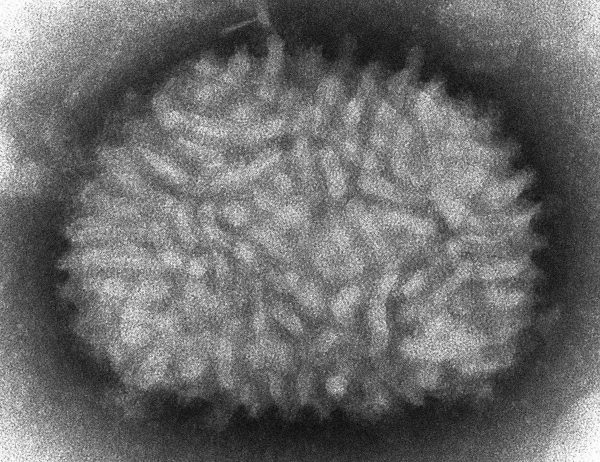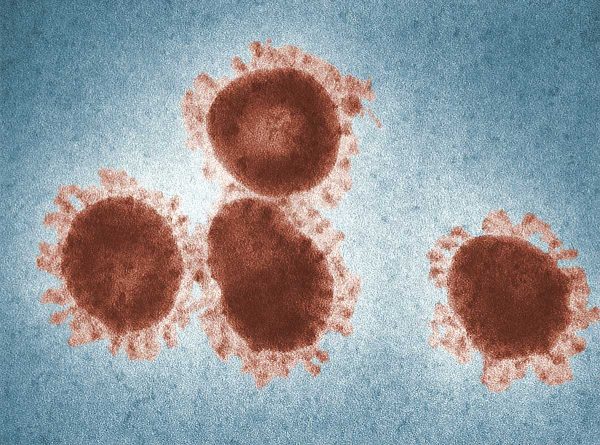
The search for a COVID-19 vaccine has become a global priority. Immunizing the general population is the only real way to keep coronavirus from bringing the planet to a halt again. Currently, there are hundreds of lines of research on a vaccine and thousands of treatment trials underway. Ferrovial has participated in this lively scientific activity through the Together COVID-19 fund.
This fund had an initial contribution from the company of €5 million and up to €5 million more collected from employees, directors, shareholders, partners, suppliers, and anyone wanting to participate. It will go to support the most vulnerable groups and those most affected by the pandemic, as well as strengthening the capacity of health systems and research.
Through the Ferrovial Together COVID-19 fund, masks, respirators, and protective material have been purchased for hospitals in Spain, the United Kingdom, the United States, Chile, and Portugal, and it has also bolstered the work of social organizations. In addition, four of the most promising projects in the search for a vaccine against the disease have been supported directly.
The race for the COVID-19 vaccine
The end goal is the same, but there are different ways to get there. Different approaches and technologies are being tested to develop a COVID-19 vaccine. There are vaccines based on modified genetic material from the virus, those that use a part of the pathogen (usually a protein), and others based on fully using a weakened form of the virus.
All of them must undergo a process of preclinical trials (in cells or laboratory animals) and three phases of clinical trials on humans. Only those that pass the entire process will have been proven safe for widespread distribution among the general population. According to the latest report from the World Health Organization (WHO), ten lines of research are in one of the clinical phases, and another 126 are doing preclinical trials.
Of all these, four of the most promising projects have received an extra boost from the Ferrovial Together COVID-19 fund. One from the University of Oxford in the United Kingdom, another from the Baylor College of Medicine in Houston in the United States, and two from the Spanish National Centre for Biotechnology – CSIC. Let’s look at the details of each one.
The promise of a fast vaccine
Of the ten projects in clinical trials, only one has begun trials for phase 3: the University of Oxford’s. It is the most advanced, and it has even suggested the possibility of having a reliable vaccine ready before the end of the year, a time frame that not even the most optimistic would have imagined a few months ago.
Developing a viable vaccine in less than a year would be an unmatched record in medical research. So far, the vaccine developed in the shortest time was for mumps, obtained after four years of work.
Oxford’s research on the vaccine is based on the modification of another virus, ChAdOx1, a common cold virus in chimpanzees that has been weakened and does not affect humans. Some genetic material from the coronavirus is added to this virus, and the virus then uses it to create a Spike (S) protein. This protein is significant in COVID-19 infection, as coronaviruses use it as a key to unlock and enter human cells.
That is, a harmless virus is used to teach the human immune system to recognize a fundamental part of the coronavirus. The vaccine went into development in January, and during phases 2 and 3, it will be tested on more than 10,000 volunteers in the United Kingdom, 30,000 in the United States, and 2,000 in Brazil.
A 2011 technology
Science is innovation, but it is also built on previous knowledge. Coronaviruses are an old acquaintance of humankind, as they are common among the many viruses that cause colds and have been a constant threat since the SARS outbreak in 2002. As such, the investigation to stop them has never slowed down.
In fact, the vaccine being developed by Houston’s Baylor College of Medicine is based on technology developed in 2011. In that year, with the signs of the risk of a pandemic shown by outbreaks of other coronaviruses, the Texas research institution focused on working with a unit of the Spike protein, the so-called RBD or receptor-binding domain.
The result was a vaccine capable of teaching the immune system how to inhibit that protein from binding with cells. On that basis, they are working to apply the same technology to COVID-19, knowing that SARS-CoV-2 shares much of its genetic material with other coronaviruses. The great advantage of this line of research is that it is backed by a technology that has been proven and tested over the past decade.
 Imagen del virus Vaccinia | Pixnio/Cynthia Goldsmith, USCDCP
Imagen del virus Vaccinia | Pixnio/Cynthia Goldsmith, USCDCP
In the line of support from the Ferrovial Together COVID-19 Fund, two vaccine search projects by the Spanish National Centre for Biotechnology (CNB-CSIC) have also been chosen. One of them, led by Mariano Esteban, uses a tool that was used to eradicate smallpox: a modification of the Vaccinia virus, or the vaccine virus.
The process is generally similar to that used by the University of Oxford, using Vaccinia instead of a weakened cold virus. The research team has turned the vaccine virus into a viral vector capable of introducing a protein from the coronavirus (again, Spike) into the human body. That way, a positive immune response can be elicited without compromising the health of those vaccinated.
This line of research, which is still in preclinical trials, was the first to move forward in Spain. By working with well-known tools and only one coronavirus protein, investigations could take place in less hazardous biological safety conditions, therefore involving less complexity.
A weakened coronavirus
 Image of a coronavirus causing avian infection, taken in 1975 | Unsplash/CDC
Image of a coronavirus causing avian infection, taken in 1975 | Unsplash/CDC
The last of the projects supported by Ferrovial’s fund, the CSIC’s second, is more complex than the previous ones, but it could also achieve more satisfactory long-term results. It will probably not be the first vaccine against COVID-19, but the method of working is very promising.
Led by Isabel Sola and Luis Enjuanes, the team has over 30 years of experience in coronavirus research. They are working on a complete reconstruction of SARS-CoV-2 but eliminating components of its structure that cause severe illness.
That is, they’re working on obtaining a weakened coronavirus that does not cause damage, but that will help the immune system learn how to fight it. As such, this is a somewhat more complex line of research, but the results of such vaccines are often safer.
This research with weakened coronaviruses, along with that involving Vaccinia, as well as those on RBD and working with the cold virus, make up four of the main lines of research to find a vaccine. Ferrovial has done its part by contributing to these four projects to recover a sense of normalcy as soon as possible.





There are no comments yet